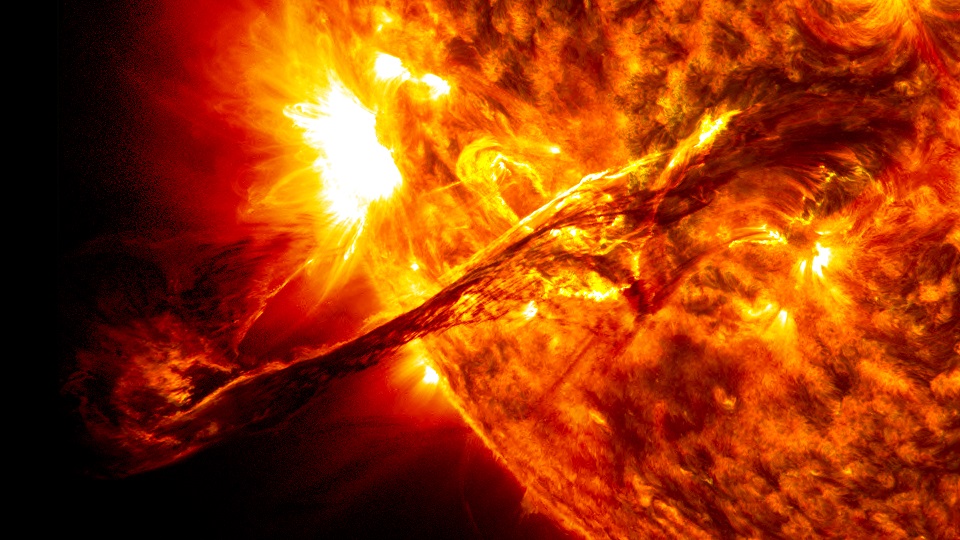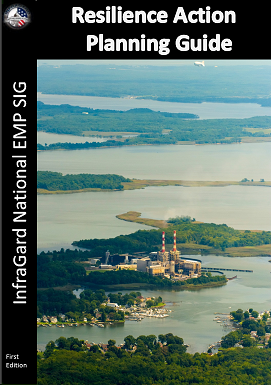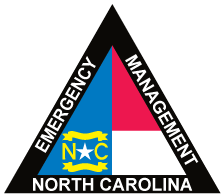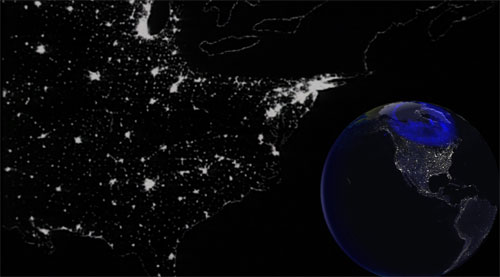Experts say a solid incident response plan is the best way to minimize the damage of a cyberattack–but IR isn't so simple for the ICS/SCADA world.
Category: News
This category contains posts about the latest news in the EMP field.
More Signs Point To Cyberattack Behind Ukraine Power Outage
'KillDisk' and BlackEnergy were not the culprits behind the power outage — there's still a missing link in the chain of attack.
Researchers Out Default Passwords Packaged With ICS/SCADA Wares
'SCADAPass' tool debuts; meanwhile, some PLCs found hackable via long, random passwords.
Project ‘Gridstrike’ Finds Substations To Hit For A US Power Grid Blackout
Turns out free and publicly available information can be used to determine the most critical electric substations in the US, which if attacked, could result in a nationwide blackout.
Southeast Region EMP SIG Update
by Torry Crass
The InfraGard groups in North Carolina based out of Charlotte and Raleigh have been working hard over the past several months to get EMP SIG programs up and running which will hopefully cover state and local activities as well as contributing heavily to the formation of the Southeast Regional EMP SIG.
I'm happy to say that the regional group has been granted provisional status under the National EMP SIG. This has actually been the case for a little over a month now but various other InfraGard activities had briefly taken priority but focus is returning to EMP at this time.
The new regional group has been formally designated the InfraGard Electromagnetic Pulse Special Interest Group for the Southeast. Quite the long name! As such, we've decided to shorten the name from this to InfraGard EMP SIG Southeast and then further to the designation we'll be using going forward, IES-SE.
In addition to the work putting together the regional group, key individuals including Chuck Manto (National EMP SIG), Gary Gardner (National EMP SIG, INMA Board), Torry Crass (IES-SE, Charlotte), and Stephen Volandt (IES-SE, Raleigh) have been engaged with the State of North Carolina in various discussions around high impact resiliency and preparedness. Which the state is currently working on.
While there is still plans and expectations to have more significant involvement for those interested in these and related projects, both at the local and regional levels, we are still working through details and setup before engaging others. We want to assure everyone that activity and involvement opportunities are coming while also ensuring that the infrastructure and support is available before we ramp up activity and get bogged down in logistical problems.
Please continue to check back for more information on the Southeast regional and Charlotte/Raleigh EMP programs.
Japanese Utility Told To Update
Electrical Grid Sunscreen
by Torry Crass
Warm, sunny days are on their way once again. Hopefully, with everyone's share of vacations. Don't forget to pack your sunscreen! SPF 15 or above (93%+ protection) is the American Cancer Society recommendation. The Sun is a great resource that we simply could not do without. It gives us energy in so many different ways, some of which we need to block while at the beach to help preserve our health.
Beach Chairs And Umbrella by Paul Brennan
All the great benefits also come with risks. Without getting into too much detail, the Sun runs on a cycle of activity spanning approximately 11 years. In this time, sunspots come and go based on what's happening with the Sun. During peaks in the solar cycle, the activity, and thus spot occurrence, tends to increase significantly. While sunspots are not themselves the danger (only a balmy ~3500K vs ~6000K), they are an indication of other activity that is dangerous since most solar flares and coronal mass ejections (CMEs) originate around groups of sunspots.
Credit: NASA/Goddard Space Flight Center
Every now and then, those solar flares and CMEs erupt and head on an intercept path with Earth. When they arrive, they interact with the upper atmosphere, concentrating around the poles first to create what can be an awe-inspiring sight in the extreme northern and southern latitudes, the Aurora Borealis or Northern Lights.
Typically, the Earth's magnetic field protects us from these charged particles by absorbing and deflecting them. Once the amount of particles reaches a threshold where the magnetic field can no longer keep up, the particles begin to affect things that we rely on, radio communications and the electrical grid to start. In extreme cases, this causes damage to equipment and outages such as the 1989 blackout of the Canadian province of Quebec (http://www.nasa.gov/topics/earth/features/sun_darkness.html).
Let's go back to those sunny days on the beach for a moment, and very importantly applying your recommended sunscreen. Unfortunately, our electrical grid and much of what makes our nation function on a daily basis goes without its sunscreen. As studies have shown, still today we simply don't have protection in place for much of this critical infrastructure.
This risk, and that of nuclear and non-nuclear EMP burst, poses a tangible threat to our infrastructure and day-to-day lives. Over the past few months, we've been working hard to help extend the mission of the InfraGard National EMP-SIG to regional and local involvement in efforts to raise awareness, promote education, legislation, and any other activities which might help provide some sunscreen for this gap.
Are you interested in learning more? Great! Keep visiting EMPCenter.org for more information, resources, and news on EMP SIG activities.
EMPCenter.org Launch
Welcome to the EMPCenter.org. This site has been set up to help facilitate the disemination of information about EMP and other significant risk to critical infrastructure that could have a widespread impact.
Currently, we are continuing to work heavily on getting the site fully up and running, involving other key individuals, and communicating with both the National EMP SIG and relevant groups. We anticipate completing work on a preliminary charter and other material over the next few weeks.
Please check back as we will be adding new things almost daily for a while.





